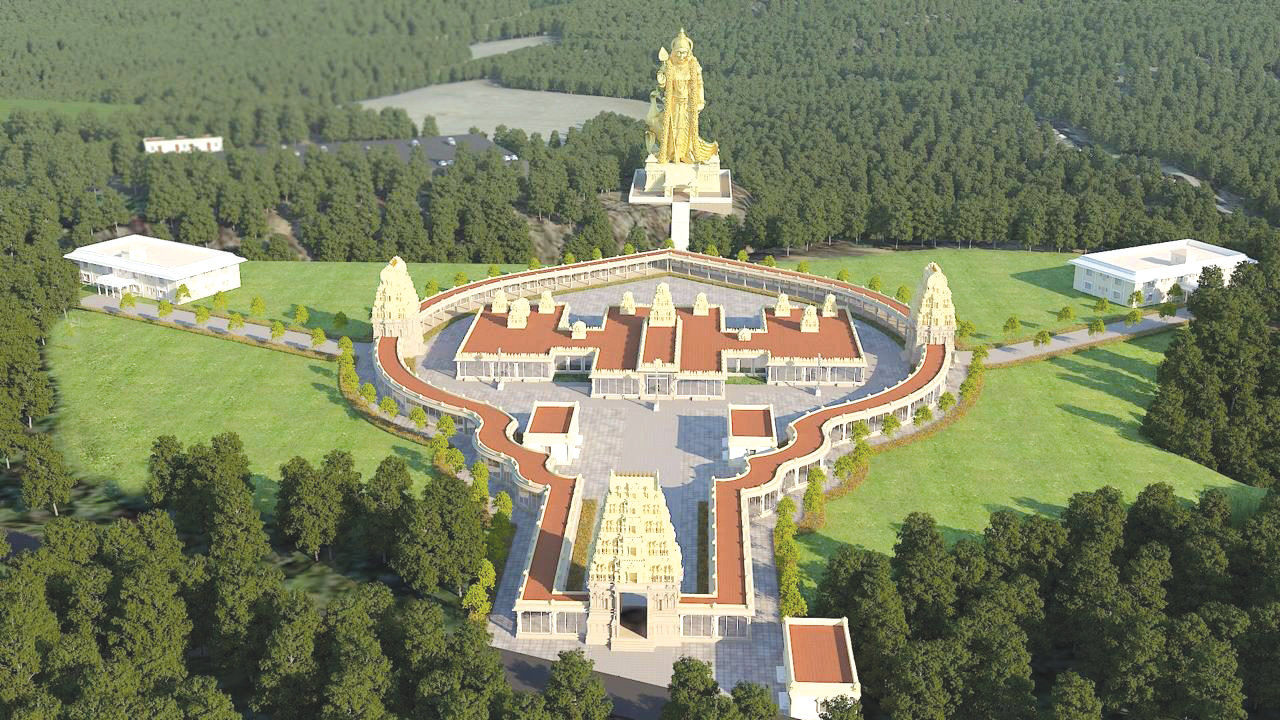
Supporters of the project emphasise that Phase I of construction is underway at the 100 Murugan Cir address in Moncure and that funds are being raised through global contributions and events. On its official website the organisation states the aim is “to establish a landmark reflecting spiritual, cultural and linguistic identity of world Tamils”.
Critics and commentators on social media have challenged the project’s scale and religious bearing. One post, widely shared, declared: “This is not what the Founding Fathers envisioned,” explicitly invoking the First Amendment era and framing the temple initiative as incompatible with American identity. That remark drew both condemnation and wider debate about faith, plurality and public space.
Religious-freedom advocates and scholar-activists say the episode reflects a broader trend of “Hinduphobic” hostility in the United States. They point to documented cases of vandalism, harassment and ideological bias against Hindus and minority worship places over decades as evidence that the sentiment is not isolated. These analysts caution that online vitriol can precede real-world violence.
Local media coverage of the project indicates that in 2021 the temple board revised its original blueprint amid financial and planning constraints, scaling back the statue height and complex size. Construction remains in early stages, with site work and infrastructure underway, but the project has already drawn national attention given its ambition and cultural significance. Organisers say they remain committed and are engaging with planning authorities in Chatham County.
Within the Tamil-American community this development has generated extensive discussion. Many view the proposed statue and temple as a symbol of identity, heritage and faith expression in diaspora. One volunteer remarked that the effort “is our chance to serve Murugan and to build community roots for our children”. Others worry that the negative commentary threatens Myanmar-style scapegoating of minorities under the guise of protecting “traditional American values”.
Government agencies confirm that while some of the online commentary amount to hateful speech, no violent incident has been directly linked to the temple itself so far and local law-enforcement officials emphasise there is no credible threat against the site currently. Civil-rights groups are tracking social-media patterns to determine whether targeted harassment may evolve into extremism.
Architecturally the project presents an ambitious fusion of Dravidian temple design, museum galleries and language-preservation resources. Experts note that such multi-use religious-cultural complexes have proliferated in North America and Europe in recent years, reflecting growing confidence in diaspora communities and their engagement with heritage. They caution, however, that the public-visibility of oversized religious monuments may amplify backlash from critics who view them as “un-American” or alien to the host society.
Public-relations consultants for faith-based organisations advise proactive community engagement, transparent dialogue and local-stakeholder inclusion. They suggest that the temple board’s focus on Tamil culture and language provides an entry point for outreach to non-Hindu residents, but they also flag that fundraising via global networks can trigger narrative vulnerabilities about foreign influence in local projects—commentary already visible in the social-media posts around this case.
